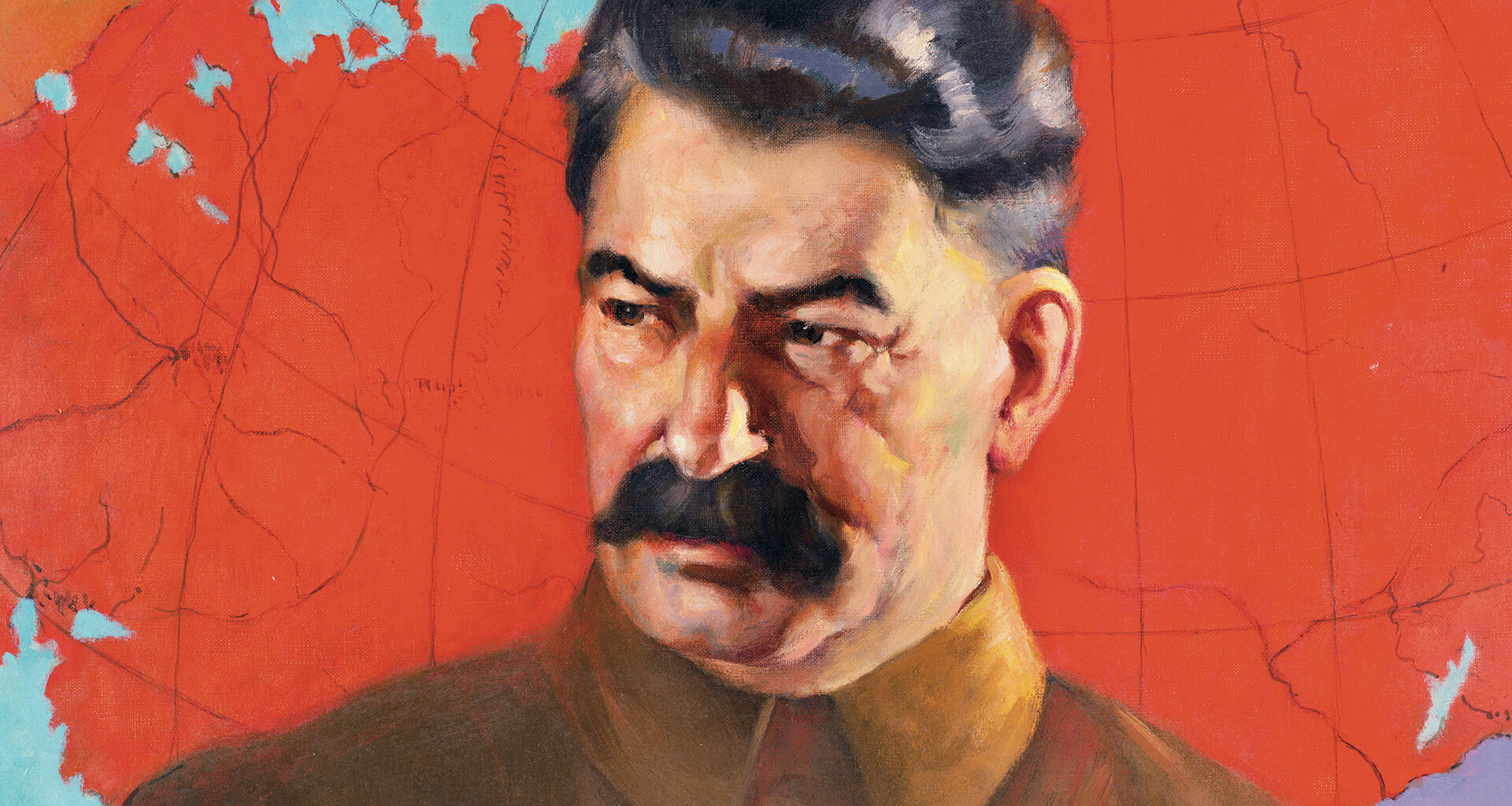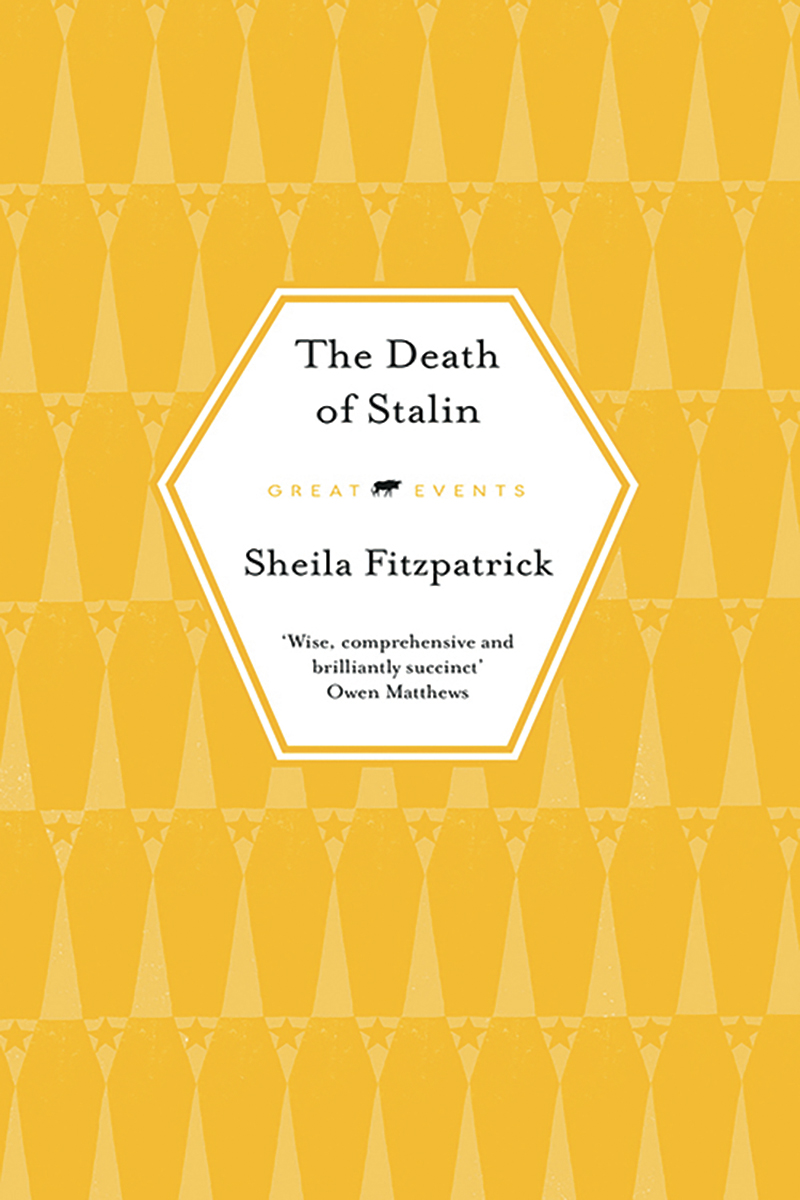But when, one cold morning in March 1953, Stalin failed to emerge in the morning, and then in the afternoon, nobody was brave enough to go in to check on him. When the housekeeper finally went in and found him unconscious on the floor, having had a stroke, she called his Politburo colleagues instead of the doctor. Only after they came out from Moscow (by this time it was the middle of the night) was a doctor called – and then there was a problem of whom to call, since all the usual Kremlin doctors, including Stalin’s personal physician, had recently been arrested in the so-called ‘doctors’ plot’.
Read more:
As Stalin lay unconscious for several more days, his political associates scurried around helplessly at the dacha, a bunch of bungling fools, as Iannucci portrays them. Back in Moscow, however, they showed another side. Meeting in Stalin’s office in the Kremlin, they quickly and efficiently announced the new government (headed by themselves).
On his death, they made pious speeches at the funeral, had his body embalmed, and placed it with that of his revered predecessor, Vladimir Lenin, in the Mausoleum on Red Square. The ritual formalities over, they immediately set about introducing major changes – ending the antisemitic campaign and releasing a million prisoners from Gulag for starters. They even signalled interest in better relations to the west, but this fell on deaf ears, and the Cold War continued.
The most dramatic act of ‘de-Stalinisation’ was the secret speech given by Nikita Khrushchev at a conference of the ruling Soviet Communist Party in 1956 in which he horrified his listeners with chilling details on the slaughter of party cadres in the great purges of the late 1930s. That stimulated a passionate debate on Stalinism within the Soviet elites that went on in various forms for decades.
A further attack on Stalin’s memory in 1961 resulted in his body being removed from the Mausoleum and reburied nearby under the Kremlin Wall. A modest bust by a Soviet sculptor was added to the grave in 1970, and it has remained undisturbed ever since, despite the abrupt disintegration of the Soviet Union in 1991.
As president of the successor state, the Russian Federation, president Putin speaks of Stalin with respect if not affection, but it’s the Communists – opponents of Putin’s United Russia Party, but enthusiastic supporters of his war in Ukraine – who remain Stalin’s biggest fan club.
The Death of Stalin by Sheila Fitzpatrick is out now (Old Street Publishing, £12.99). You can buy it from the Big Issue shop on bookshop.org, which helps to support Big Issue and independent bookshops.
Do you have a story to tell or opinions to share about this? Get in touch and tell us more. Big Issue exists to give homeless and marginalised people the opportunity to earn an income. To support our work buy a copy of the magazine or get the app from the App Store or Google Play.


